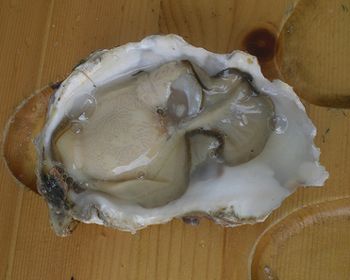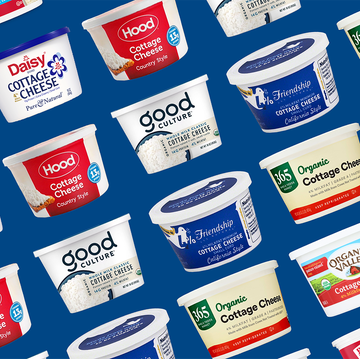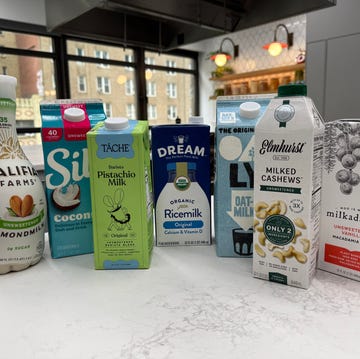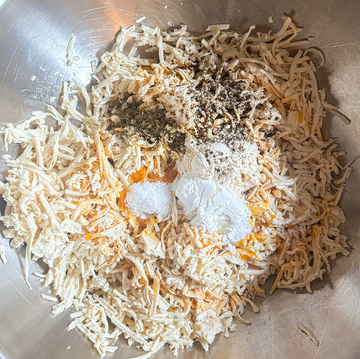There is nothing better on a summer day than a
platter of a dozen oysters on the half shell and a chilly pint of beer - unless
that platter results in a bout of unpleasant illness. If you have recently
purchased Florida oysters, you may want to examine their exact origin. Oysters
from Area 1642, a zone that stretches from north to south in Apalachiola Bay,
have been found to contain a mild but previously unseen strain of cholera.
Though there have been no hospitalizations,
eleven people have been confirmed to have been infected by the toxin, according
to Food Safety News. All who have been reported as ill consumed oysters from
the area that were either raw or lightly poached. The U.S. Food and Drug
Administration is advising consumers, restaurants and shellfish shippers and
processors to abstain from eating, serving, selling or shipping oysters from
the area also known as Cat Point that were harvested between March 21 and April
6. The oysters were distributed in Florida, Alabama, Georgia, Mississippi and
North Carolina but distribution to other states from those states may have
occurred. The illness has been characterized by nausea, vomiting and diarrhea
with symptoms beginning anywhere from a few hours to five days after
consumption. It usually occurs after the consumption of raw or undercooked
shellfish that has been harvested from contaminated waters.
More from Delish: Wild Oyster Population in Danger of Extinction
Strains of cholera occur naturally in the ocean
and coastal waters but could also occur through pollution. Sterling Ivey, a
spokesman with the Florida Department of Agriculture and Consumer Services,
told Food Safety News that the investigation surrounding the outbreak has led
some to believe that an Army Corps of Engineers dredging operation is to blame.
They could have upset organisms on the bay floor. There is also an
investigation of a sewer break that was discovered in front of a former welding
facility where 500 gallons of sewage has leaked on the ground, but no direct
connection has been made.
Area 1642 has been closed to oystering and
harvesters and dealers have been asked to recall all oysters harvested between
March 21 and April 30. This has cost the already suffering local industry tens
of thousands of dollars. Other seafood from the area is not being recalled as
the bacteria remains alive only in raw products.
More from Delish: Oysters, Beets, and Other Polarizing Eats
The farming of oysters has led to the availability of
safe-to-eat oysters year round. The rule of eating shellfish solely during
months that contain an "R" was developed because warmer waters can
harbor Vibrio vulnificus, a typically non-deadly virus, which causes nausea,
vomiting, flu-like symptoms and skin lesions. But now that farmed oysters are
carefully regulated, this no longer needs to be a fear. But oysters should only
be eaten when you can are sure of their freshness. If the establishment is freshly
shucking oysters as orders come in and the unopened oysters are served on ice,
you can feel relatively safe about slurping down a dozen or so. If you are
unsure of an oyster's origins or freshness – even the oyster connoisseur cannot
tell a good oyster from a bad one by taste, according to the FDA – consider
perhaps consuming it cooked as heat kills most harmful bacteria and viruses.
There's nothing wrong with an order of fried oysters.













